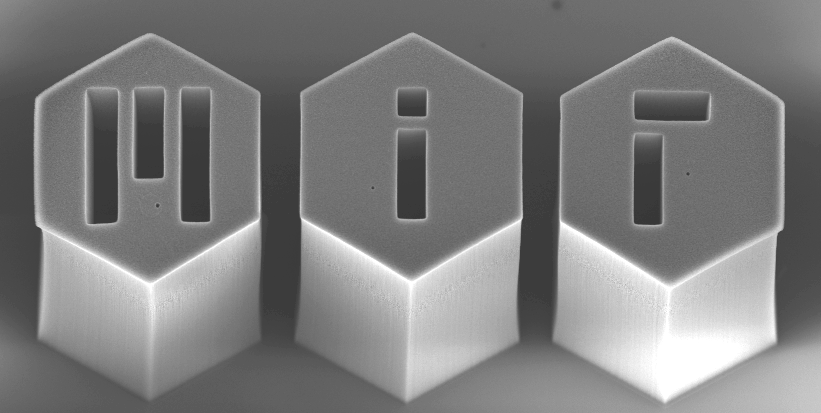N. Yamamoto, A.J. Hart, E.J. García, S.S. Wicks, H.M. Duong, A.H. Slocum, B.L. Wardle. Carbon 47(3):551-560, 2009. [http://dx.doi.org/10.1016/j.carbon.2008.10.030]
[PDF]
We present an in-depth study of CNT growth on commercially-available woven alumina fibers, and achieve uniform growth of dense aligned CNTs on commercially-available cloths up to 5 × 10 cm in area. By systematically varying the catalyst concentration, catalyst pre-treatment time, and sample position within the tube furnace, we isolate key factors governing CNT morphology on fiber surfaces and classify these morphologies as related to the processing conditions. Synthesis employs a low-cost salt-based catalyst solution and atmospheric pressure thermal CVD, which are highly attractive approaches for commercial-scale processing. The catalyst solution concentration determines the uniformity and density of catalyst on the fibers, H2 exposure mediates formation of catalyst clusters, and thermal decomposition of the reactant mixture activates the catalyst particles to achieve uniform aligned growth. Under conditions for aligned CNT growth, uniform radially-aligned coatings are achieved with shorter CNT length, and these split into “mohawks” as the CNT length increases. Radially-aligned growth for 5 min adds a typical CNT mass fraction of 3.8% to the initial sample mass, and a uniform morphology exists throughout the weave. Composites prepared by standard layup techniques using these CNT “fuzzy” alumina fibers are attractive as integral armor layers having enhanced ballistic and impact performance, and serve as a model system for later implementation of this technology using carbon fibers.
Disclaimer: The PDF document on this webpage is provided for educational and personal purposes alone and is subject to copyrights of the publisher.

